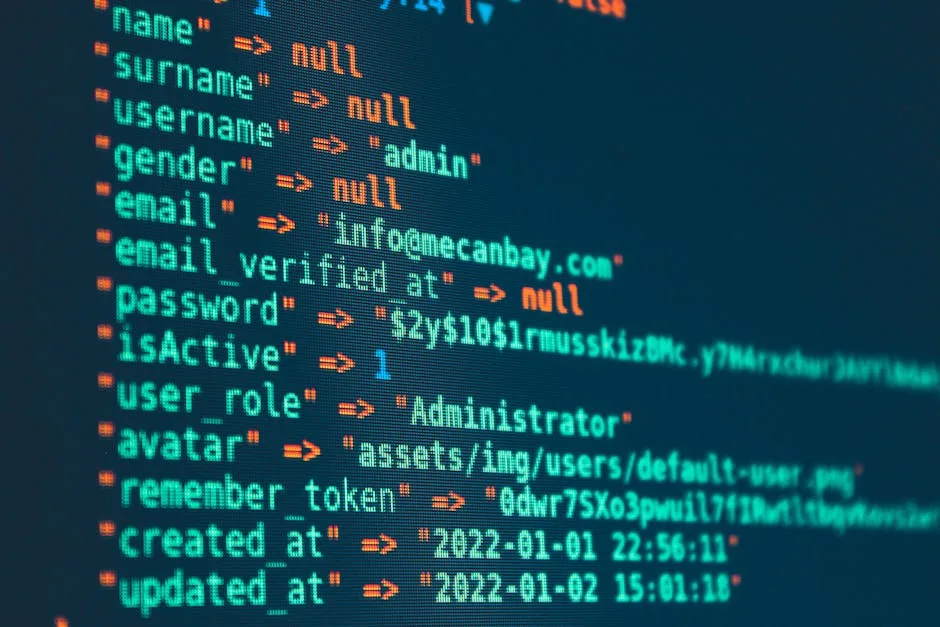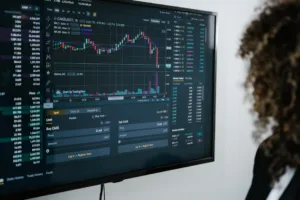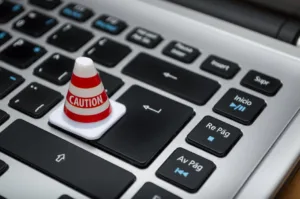
Google has officially launched a feature enabling Gmail users with Client-Side Encryption (CSE) to send end-to-end encrypted emails to recipients on any email platform, a significant step in making enterprise-grade encryption more accessible. Announced as generally available on October 2, 2025, this capability allows users of Google Workspace Enterprise Plus with the Assured Controls add-on to protect sensitive communications with a single click, regardless of whether the recipient uses Outlook, Yahoo, or another service1. This development, which began its rollout with a beta announcement on April 1, 2025, abstracts the traditional complexity of solutions like S/MIME, aiming to balance strong data sovereignty with user-friendly operation3.
Technical Implementation and Key Sovereignty
The core of this new functionality is Gmail’s existing Client-Side Encryption (CSE) infrastructure, now extended with new assured controls. A critical technical differentiator from Google’s standard transport-layer encryption is where the encryption keys reside. With CSE, the cryptographic keys are generated and controlled solely by the customer organization, not by Google3. These keys are stored in a customer-chosen key management service outside of Google’s infrastructure, meaning data is encrypted in the user’s browser *before* it is transmitted to or stored on Google’s servers. This architecture ensures that the email content is indecipherable to Google, providing a higher level of data privacy and meeting stringent compliance requirements for regulated industries4. The feature utilizes the S/MIME 3.2 IETF standard for securing the MIME data, ensuring compatibility with established cryptographic protocols.
From an end-user perspective, the process is designed for simplicity. When composing an email in Gmail, the sender clicks a shield icon and selects “Turn on” for “Additional encryption.” A visual notification then confirms that the email will be sent with end-to-end encryption1. For the recipient, the experience varies based on their email client. If the recipient is also a Gmail user with CSE enabled, the email is decrypted and displayed automatically within their inbox. However, if the recipient uses a non-Gmail service, they receive a notification containing a link to access the message. This link directs them to a secure, restricted version of Gmail powered by a guest Google Workspace account, where they can view the decrypted message and reply securely, all without requiring pre-shared keys or specialized software3.
Administrative Controls and Security Policy Enforcement
For system administrators and security architects, the feature offers granular control but is disabled by default. It must be explicitly enabled at the Organizational Unit (OU) or Group level within the Google Workspace Admin console1. A powerful configuration option allows IT teams to force *all* external recipients, including other Gmail users, to use the guest account access method. This policy ensures that an organization’s sensitive data never resides on a third-party mail server, maintaining data sovereignty. Furthermore, it grants the sending organization’s IT department the ability to apply their own security policies to the viewed email and, crucially, to revoke access to the message after it has been sent, similar to controlling sharing permissions on a Google Drive document3.
The availability of this feature is tightly scoped to specific licensing tiers. It is exclusively available for Google Workspace Enterprise Plus customers who also subscribe to the Assured Controls add-on1. It is important to note that while other editions like Education Plus support general CSE, the “send to anyone” capability is a distinct feature gated behind Assured Controls4. This licensing structure indicates that Google is positioning this as a premium security control for enterprises with the most demanding data protection needs.
Feature Limitations and Trade-offs
Enabling “Additional encryption” imposes several functional limitations on the email, as many of Gmail’s standard features are incompatible with the client-side encryption process. When the setting is active, the following features become unavailable: Confidential Mode, email signatures and emojis, delegated account sending, sending to Groups as recipients, and multi-send mode4. Notably, Google’s AI products and Smart Features are also disabled, as they require access to email content to function. From a security operations perspective, a significant limitation is the 5 MB upload limit for attachments and inline images. Additionally, a defined list of potentially dangerous file types—including `.exe`, `.bat`, `.js`, and `.scr`—is blocked from being attached. A warning is also presented to the user stating that encrypted emails cannot be scanned for viruses by Google’s systems4.
The following table summarizes the key technical and administrative details of the feature:
| Aspect | Details |
|---|---|
| Core Technology | Gmail Client-Side Encryption (CSE) with S/MIME 3.2 |
| Key Management | Customer-controlled, external to Google infrastructure |
| User Action | Click “Turn on” for “Additional encryption” in compose window |
| Non-Gmail Recipient Experience | Access via a secure link to a guest Google Workspace account |
| Availability | Workspace Enterprise Plus + Assured Controls add-on |
| Admin Control | Can force all external recipients to use guest access |
Security Community Analysis and Potential Risks
The announcement has been met with a mixture of interest and skepticism within the security community. While the simplification of end-to-end encryption is widely seen as a positive step for adoption, several potential risks and points of criticism have been raised. A primary concern, discussed on forums following the beta announcement, revolves around trust and key control, with some users referencing past incidents with other secure email providers7. A more operational security concern is the new phishing vector this creates. Training users to click on links to view “encrypted messages” could be exploited by threat actors, as this mimics a common phishing tactic7.
Further technical discussions highlighted inherent tensions in email security. Some critics pointed out that this is a proprietary solution that further entrenches users within Google’s ecosystem, rather than advancing open, federated standards like PGP7. From a defensive perspective, the impact on spam filtering was questioned, as heuristic analysis systems that scan email content will be blind to encrypted messages. A discussion on the HardForum emphasized the persistent challenge of user behavior, with one user noting that even with robust technical controls like strict DMARC enforcement, “users” remain a significant variable in security incidents9. Another user echoed this sentiment, stating their design philosophy had shifted towards “saving people from themselves”10.
Additional commentary pointed to infrastructure-level vulnerabilities. One analysis noted that while DKIM and DMARC are used for authentication, spammers can easily configure valid DKIM signatures. It was also highlighted that Gmail’s DMARC policy strictly enforces checks only for senders transmitting over 5,000 messages per day, potentially leaving a window for lower-volume abuse that may be harder for end-users to detect11.
For security teams, the rollout of this feature necessitates updates to both policy and monitoring strategies. Organizations adopting this technology should develop clear usage policies that define what constitutes sensitive information requiring this level of encryption. Security awareness training must be updated to educate users on the legitimate process for receiving encrypted messages from external parties, helping them distinguish it from phishing attempts. Monitoring solutions may need to be adjusted to account for the reduced visibility into encrypted email content, potentially relying more heavily on metadata analysis and user behavior analytics to detect anomalous communication patterns.
Google’s expansion of Gmail’s end-to-end encryption to any email address represents a significant evolution in making enterprise-grade cryptographic controls more accessible. By abstracting the key management and user experience complexities that have historically plagued S/MIME, it has the potential to increase the adoption of strong encryption for sensitive business communication. However, its implementation introduces new considerations for security architects, including new potential attack vectors, changes to email filtering efficacy, and the eternal challenge of managing human factors. For organizations in highly regulated industries, the assurance of customer-held encryption keys provides a compelling argument for adoption, provided it is integrated into a comprehensive data loss prevention and security awareness framework.
References
- Google Workspace Updates Blog, “Send Gmail end-to-end encrypted emails to anyone,” Oct. 2, 2025.
- BleepingComputer, “Gmail business users can now send encrypted emails to anyone,” Oct. 2, 2025.
- Google Workspace Blog, “Gmail: Bringing easy end-to-end encryption to all businesses,” Apr. 1, 2025.
- Google Help Center, “Learn about Gmail Client-side encryption,” 2025.
- Neowin, “Gmail users can now send end-to-end encrypted emails to anyone,” Oct. 2, 2025.
- Forbes, “Gmail Users Can Finally Send Encrypted Email To Anyone,” Apr. 1, 2025.
- Slashdot, “Gmail is Making It Easier For Businesses To Send Encrypted Emails To Anyone,” Apr. 1, 2025.
- The Hacker News, “Enterprise Gmail Users Can Now Send End-to-End Encrypted Emails to Any Platform,” Apr. 1, 2025.
- HardForum User `DanNeely`, Comment on “Enterprise Gmail Users Can Now Send End-to-End Encrypted Emails to Any Platform,” Apr. 2025.
- HardForum User `OutOfPhase`, Comment on “Enterprise Gmail Users Can Now Send End-to-End Encrypted Emails to Any Platform,” Apr. 2025.
- HardForum User (Anonymous), Comment on “Enterprise Gmail Users Can Now Send End-to-End Encrypted Emails to Any Platform,” Apr. 2025.




